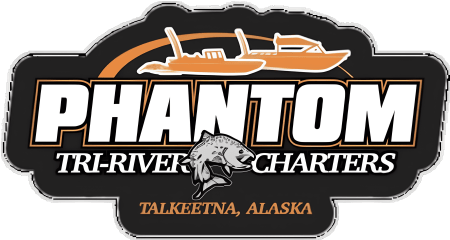Alaskan Salmon: How Much Do You Know?
Alaskan fishing trips are an unforgettable experience at any age, especially when you go with a knowledgeable charter company. There’s nothing like spending time out on the water, taking in the breathtaking nature around you, and having the satisfaction of catching your own salmon along the way.
If you’re going on a salmon expedition, you should know a bit about the catch you’re after. So how much do you know about Alaskan salmon? Read on to learn more.
- They share a family
Salmon is the common name for ray-finned fish that are part of the Salmonidae family. Also included in this family are fish such as trout, whitefish, grayling and char.
- There are different types of Alaskan salmon
There are many different kinds of salmon found in Alaska. Five common varieties include the King Salmon (the largest of the salmon), Chum Salmon, Sockeye Salmon, Silver Salmon, and Pink Salmon.
- The King Salmon is Alaska’s state fish. It is also known as the Chinook Salmon. These fish can weigh in at over 40 pounds and usually have a red coloring (though sometimes they can be white).
- The Chum Salmon (also known as Dog Salmon) gets its name for its historic importance in the diet of Alaskans and their dogs. This fish has a bright red coloring, and a dry texture.
- Sockeye salmon are highly prized and generally fetch a steeper price at market. Sockeye eggs (known as roe) are especially valued in Japan. These fish generally can reach about three feet in length.
- The Silver Salmon (also known as the Coho salmon) is the second largest Salmon variety, and is considered a delicacy: it is delicious as a fillet or smoked, and in the wild, this fish has a beautiful silvery coloring with black spots.
- Pink Salmon (also known as Humpy Salmon) are the smallest of these popular five varieties, and usually only reach between three and five pounds. They developed the nickname ‘humpy’ because the males grow a large hump behind their head—in addition to sharp teeth. It is usually bought canned.
- They are migratory
Salmon live in the Pacific and northern Atlantic oceans. These fish are ‘anadromous,’ or in other words, migratory. They are actually born in freshwater, then migrate to the ocean, and come back to their freshwater beginnings to spawn.
- They eat different things
Salmon can vary in color depending on where they live, and this is also true for diet. The sockeye salmon, for example, eats plankton almost exclusively. Alaskan salmon, and most other salmon, partake of plankton, insects and invertebrates when they are young. As they mature, their diet expands to shrimp, eels, fish and squid.
- Alaskan salmon are especially delicious
Because Alaska is so far away from many of the pollutants found in other parts of the U.S., its waters are some of the cleanest in the world. Alaska also has a smaller human population, and its restrictions on heavy industry mean that it maintains a lower level of pollution on its shores, too. Salmon from Alaska—especially when caught fresh, such as on an Alaskan fishing trip—is especially flavorful and healthy.
